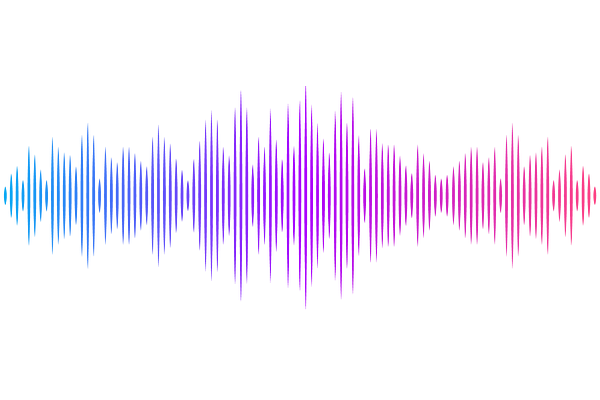Oxidant-mediated amino acid conversion of angiotensin II: Effects on gene expression in vascular smooth muscle cells.

Oxidant-mediated amino acid conversion of angiotensin II: Effects on gene expression in vascular smooth muscle cells.
Suzuki, Y. J.; Teramoto, T.
AbstractReactive oxygen species (ROS) play important roles in the pathogenesis of various diseases. One mechanism of protein oxidation is carbonylation, to which Arginine (Arg) and proline (Pro) are particularly susceptible. Both residues produce glutamic semialdehyde that can further be oxidized to glutamic acid (Glu). Thus, Arg, Pro, and Glu could be interchangeable, suggesting that ROS promote amino acid conversions within protein structures in the biological system post-translationally. Since angiotensin II (Ang II) possesses Arg at position 2, we synthesized peptides that mimic oxidatively-converted Ang II with Arg2Glu and Arg2Pro replacements and examined their effects on gene expression in vascular smooth muscle cells. RNA-Seq revealed that most genes upregulated by Ang II were not modified by Ang II (Arg2Glu). Ang II (Arg2Glu) modulated other genes such as fibroblast growth factor 10 and phosphodiesterase 6G. While Ang II (Arg2Pro)-upregulated genes corresponded closer to those upregulated by Ang II (wild-type), Ang II (Arg2Pro) upregulated and downregulated many other genes including prostaglandin F receptor and extracellular superoxide dismutase. These global gene expression analyses revealed that Arg2Glu- and Arg2Glu-converted Ang II peptides elicit different cell signaling actions from wild-type Ang II, opening up a new mode of redox signaling triggered by oxidized Ang II.